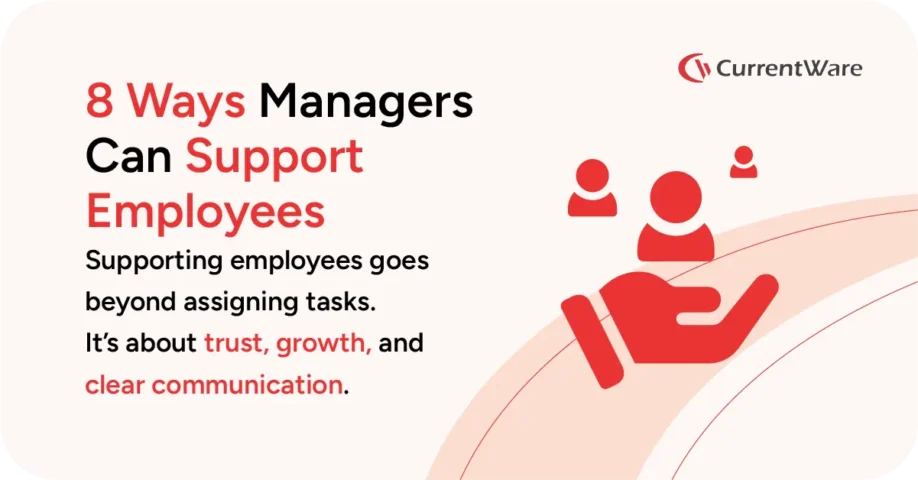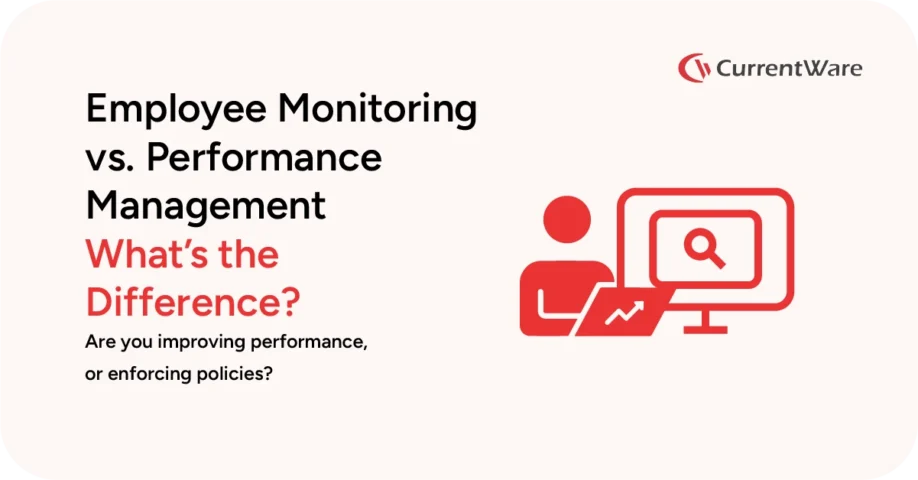Help Staff Be More Productive by Tackling These Common Office Distractions

Table of contents
54% of employees in the 2018 Workplace Distraction Report by Udemy reported that office distractions hindered their performance.
It’s critical for managers, business owners, and leaders to understand how office distractions affect employee productivity and figure out strategies to reduce them. In this article, we’ll discuss typical workplace distractions, along with strategies for handling them.
Defeat Office Distractions With CurrentWare
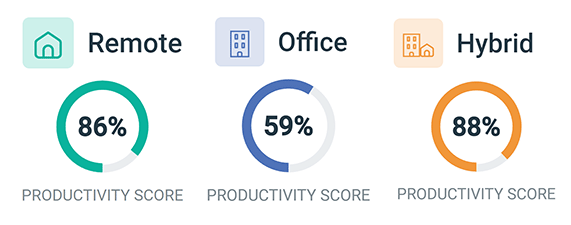
CurrentWare’s activity monitoring and web filtering solutions provide critical insights into employee performance, alongside valuable tools for limiting office distractions.
BrowseControl allows you to block access to specific URLs, categories of websites (like social media or streaming), and unwanted apps. Implementing allow and block lists minimizes the temptation to stray into unproductive online activities during work hours.
Use BrowseReporter to track employee computer activity, such as web browsing and application usage. This data reveals what sites or apps are most distracting, allowing you to identify productivity bottlenecks and address them directly through policies or targeted coaching
1) Excessive Cyberloafing
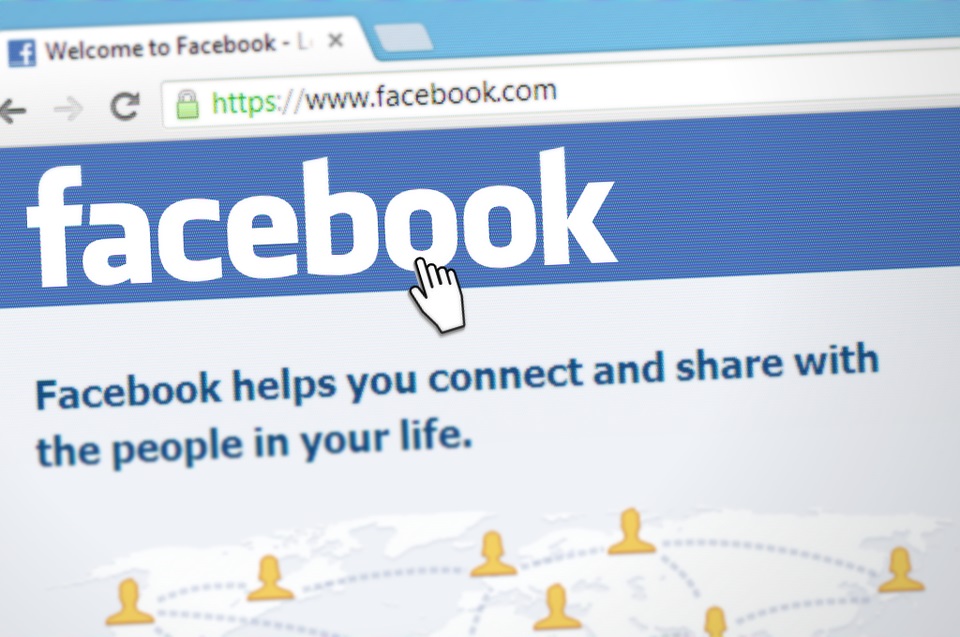
Cyberloafing – also known as cyberslacking – is a term that’s used to describe employees engaging in technology distractions in the workplace such as browsing the web during work hours in ways that aren’t related to work.
While a small amount of cyberloafing can help blow off some steam between projects, excessive non-work web browsing can turn a stint of cyberloafing into full-on time theft.
Over 58% of employees surveyed for the 2025 Time-Wasting Report by Resume Now report wasting between 30 minutes to 1 hour per workday on non-work activities. 19% of those employees reported spending up to 90 minutes distracted, while 14% spent up to 2 hours on distractions while at work.
How to manage cyberloafing and technology distractions in the workplace:
- Internet Monitoring: Using internet monitoring software can allow employees to largely self-manage their productivity while giving manager’s the peace of mind that abuse of the internet can be caught if cyberloafing becomes excessive.
- Internet Use Policy: A clearly defined and easily accessible internet use policy helps employers communicate the acceptable use of technology in the workplace. These policies serve as a clear guideline for addressing excessive web surfing without blocking internet usage altogether.
- Web Filtering: Employers will block unproductive websites with a web filter when acceptable use of the internet policies and productivity management discussions fail to stop employees from abusing their internet privileges.
The key is to strike a balance between non-work internet use and the employer’s need for their employees to be productive in the workplace. Generally employees are given the opportunity to manage their own productivity and they are trusted to use the internet appropriately, however in some cases the internet becomes a serious productivity block.
2) Emails & Instant Messages

47% of employees in the Resume Now survey stated that workplace tools like Slack, email, and project management apps often contribute to time-wasting.
Emails and instant messages from team chat platforms such as Slack and Microsoft Teams can be significant technology distractions in the workplace if employees give in to the temptation to respond to them instantly. An inflated sense of urgency to answer emails and instant messages is known as telepressure and it can be a major productivity killer if not addressed.
How to manage telepressure:
- Response Batching: Rather than answering emails and IMs immediately, encourage employees to designate a set period of their work day where they will respond to incoming messages.
- Prioritize Channels: Emails and chat apps shouldn’t be used for urgent communication. If a response absolutely cannot wait, have a designated method for reaching them such as a phone call or video conference.
- Work Periods: If your employees are in roles where they need to be responsive to IMs and emails while also working on other tasks, try to designate intense-focus work periods where they can work distraction-free.
Telepressure is incredibly common in the workplace. One in four respondents in a ReportLinker survey said they feel pressure to answer IMs right away, even if they are currently engaged in more important tasks.
This constant context switching can cost as much as 40 percent of a worker’s productivity according to research from the American Psychology Association. By reducing the sense of urgency around emails and instant messages your employees can focus their efforts on the tasks that truly matter rather than being caught up in these technology distractions in the workplace.
Also Read: Employee Monitoring Software for Productivity & Security
3) Unproductive Smartphone Usage
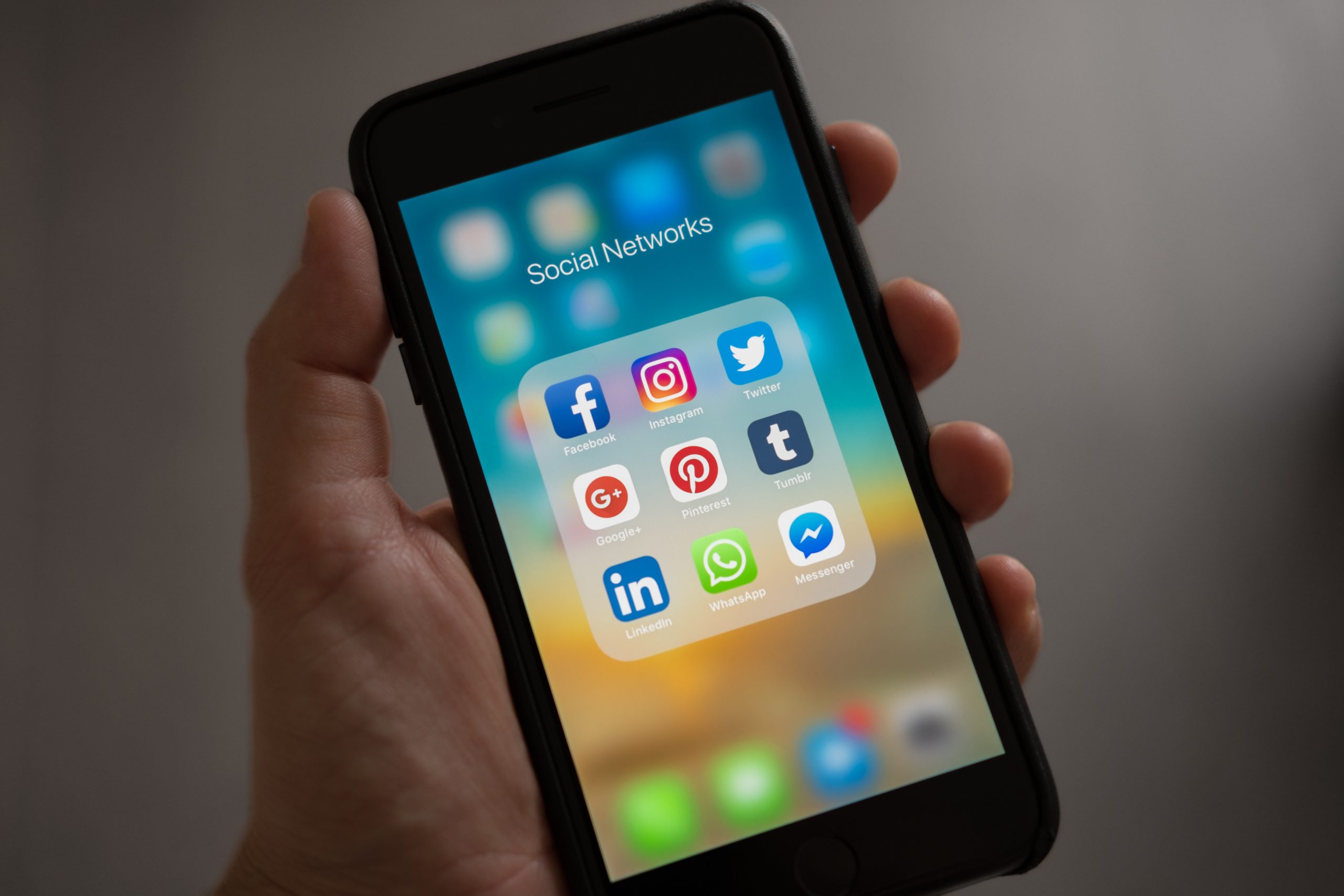
Earlier I mentioned how cyberloafing and telepressure contribute to decreased productivity in the workplace. Smartphones take the worst of both of those distractions and place them into the pockets of your employees. A constant stream of notifications on an employee’s cell phone can tempt them to ditch work in favor of making plans for the weekend, chatting with their friends, and playing video games.
How to manage smartphones in the workplace:
- Airplane Mode: If feasible, encourage employees to either leave their phones off or on airplane mode to prevent notifications from distracting them from their work. Some employees may need to be accessible in case of emergency so this may not work for everyone.
- Self-Management: While smartphones can be distracting, it’s ultimately up to the employee to manage this distraction. Provide them with the opportunity to self-manage and avoid stepping in unless it’s a persistent problem.
- Set Reasonable Limits: Unless the presence of cell phones has direct health and safety impacts in the workplace, banning them outright is often considered too intense. Instead, set reasonable limits for the acceptable use of personal devices such as not using them during meetings, turning off notification sounds to avoid distracting other coworkers, and taking personal calls away from working spaces.
Depending on the nature of their roles, cell phone usage in the workplace can also look unprofessional or lead to serious health and safety incidents. Front-line employees that need to be attentive to customers may not be as engaged as they should be and anyone operating sensitive equipment may make a mistake while being distracted. By directly addressing the appropriate use of smartphones in the workplace you can help set reasonable expectations.
4) Harassment & Inappropriate Behavior

A hostile work environment ruins employee engagement and makes them feel unsafe or unwelcome at work. Inappropriate internet usage can contribute to a hostile work environment when it is used to directly harass coworkers or when employees are caught looking at pornography when using the company internet.
How to fight internet harassment in the workplace:
- Set Clear Expectations: It should be absolutely clear to employees what an inappropriate use of the internet looks like for the organization. As part of the company’s policy development they should set clear standards for workplace behaviors including what constitutes harassment, how employees can address undesirable behavior, and the consequences for misconduct.
- Enforce Standards: Employees need to have the peace of mind that unprofessional and hostile behavior will not be tolerated in the workplace. When an employee is found to be harassing their coworkers their behavior needs to be addressed and corrected immediately.
- Collect Evidence: Generate internet usage reports to review how employees are using technology in the workplace. Speak privately with witnesses to understand how the employee’s behavior has contributed to a hostile workplace and prepare to address the unwanted behavior directly.
Employers have a duty to ensure that company assets are being used in a respectable manner and that employees are treating their coworkers with respect. When employees are subject to a hostile work environment they are forced to spend their working hours managing undue stress and defending themselves or their coworkers against harassment. By taking employee misconduct seriously you can proactively address these issues before they spread and harm the productivity and wellbeing of your workforce.
5) Background Noise

Background noise in an office typically includes conversations, ringing phones, keyboard typing, printers, and other ambient sounds. While some noise can create a lively atmosphere, excessive or unpredictable background noise can significantly hamper concentration and productivity.
Employees who need to focus deeply on complex tasks may find it challenging to maintain mental clarity, as their brains must filter out irrelevant sounds and distractions. This constant cognitive effort can lead to fatigue and increased stress over time.
Ideally, employees will have access to a quiet working environment where they can focus on their work. If this isn’t feasible, providing them with noise-cancelling headphones can help reduce the impact of excessive noise.
6) Clutter

Clutter in the office environment—whether on desks, in shared spaces, or in digital files—can create mental and physical distractions. A cluttered workspace often makes it harder to locate important documents or tools quickly, leading to wasted time and increased frustration.
Beyond the practical issues, clutter might contribute to a sense of disorganization, reducing motivation and increasing stress levels for employees.
7) Excessive Meetings

4 in 10 employees in the Resume Now survey said they attend meetings on a daily basis that feel like a waste of time.
While meetings are essential for communication and collaboration, they can become a major source of distraction if not managed properly. Excessively frequent, long, or poorly planned meetings can interrupt employees’ workflow, fragmenting their time and reducing the hours available for focused work.
When employees spend large portions of their day in meetings, it can be difficult to regain momentum on individual tasks after switching contexts.
Additionally, meetings that lack clear agendas or purposes often contribute to frustration and disengagement, further reducing productivity.
Employees may attend simply to be present, while their attention drifts elsewhere, resulting in an inefficient use of time. Establishing clear objectives, limiting meeting lengths, and reserving meetings for truly collaborative purposes can help minimize this distraction.
8) Interruptions

In a Harvard Business Review survey of 202 working professionals, conducted prior to Covid-19, 40% of the respondents reported experiencing more than 10 interruptions per day, with 15% reporting more than 20 interruptions a day
Interruptions include any unscheduled or unexpected breaks during work, such as a coworker stopping by to chat, impromptu requests from managers, phone calls, or urgent emails.
These disruptions break an employee’s concentration, forcing them to switch tasks abruptly. Such task-switching wastes time because the brain requires a “reorientation period” to regain full focus after an interruption, often called the “attention residue” effect.
Frequent interruptions can lead to increased errors, reduced creativity, and elevated stress levels. Employees may struggle to complete tasks efficiently or meet deadlines due to these constant breaks.
Creating strategies to minimize interruptions—like setting “do not disturb” times, using status indicators, or having designated quiet work zones—can greatly enhance productivity and work quality.
Conclusion
Technology can be used productively to accomplish tasks in the workplace, but it can also be abused. By setting clear expectations, monitoring employee internet activity, and working with employees they improve their productivity you can better manage these common office distractions.
